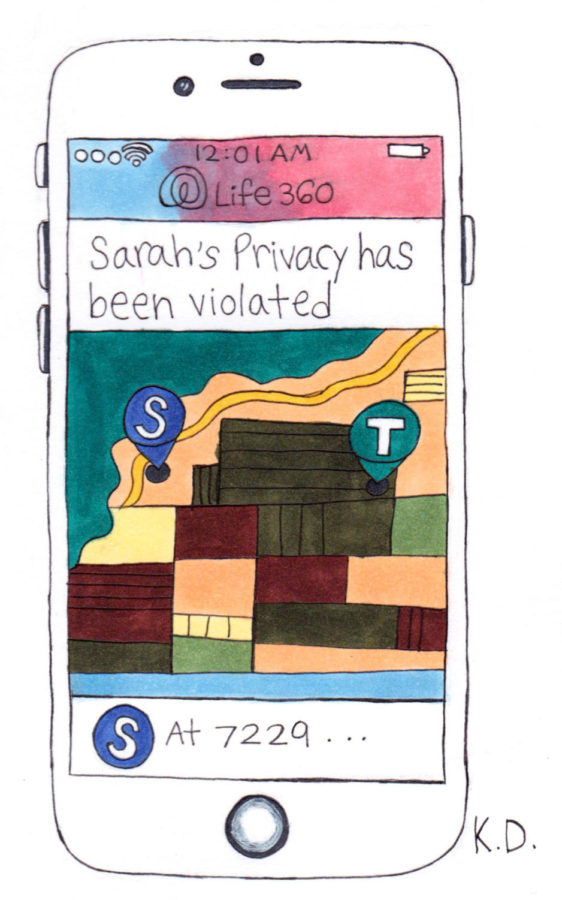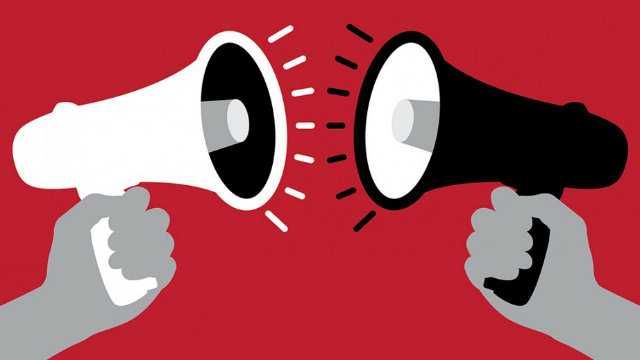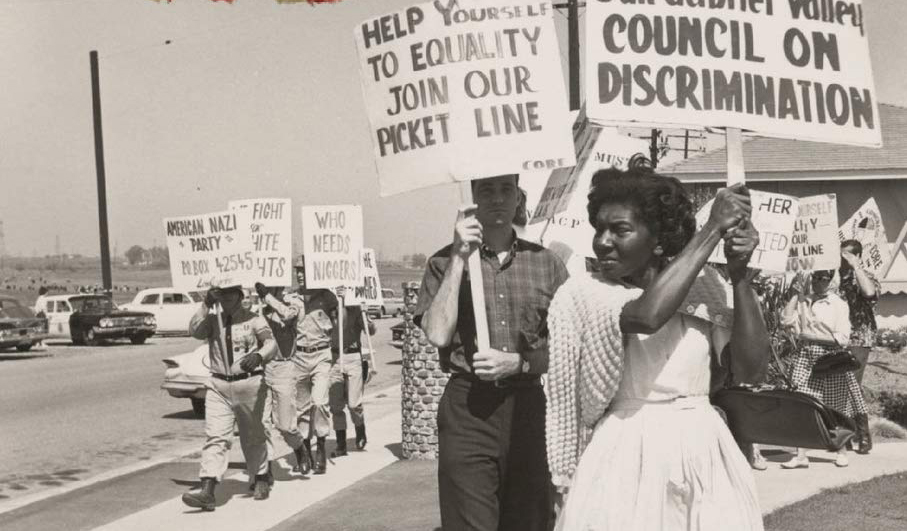 If you are at all familiar with digital art then you have likely heard mention of the innovative digital art studio, Procreate. This program, unlike many design and editing software housed within the Adobe Creative Cloud, is a one-time purchase of $10, making for a low-risk investment on the user’s part. Over quarantine, many people were faced with abounding free time to pick up new hobbies, exercise, bake bread, whatever it may be, but with the few months I spent at home, I was able to take the necessary leap to try digital art through Procreate.
If you are at all familiar with digital art then you have likely heard mention of the innovative digital art studio, Procreate. This program, unlike many design and editing software housed within the Adobe Creative Cloud, is a one-time purchase of $10, making for a low-risk investment on the user’s part. Over quarantine, many people were faced with abounding free time to pick up new hobbies, exercise, bake bread, whatever it may be, but with the few months I spent at home, I was able to take the necessary leap to try digital art through Procreate.
Although the process of learning can be very time consuming, the applications of digital art and graphic design are wide-ranging across many career fields. Procreate’s program is a raster graphics editor, meaning that the art you create will be pixel-based, similar to that of photoshop. When I researched the Procreate before my initial purchase, I found that reviews of the app reflected the easy transition from working in photoshop to Procreate, this is likely because of the utilization of layers within each project. When exporting a piece of artwork from the app, you can use a variety of file formats like PDF, Jpeg, and a Procreate native file, but interestingly enough, the option to export as a photoshop file is available. This feature would allow the layers to stay intact and become easily transferable to other programs like Adobe Illustrator.
My journey learning about the program has been aided by dozens of tutorial videos and my experience with graphic design. Despite the slow start, I would recommend this program to anyone contemplating a hobby in digital art, or even someone looking for a creative outlet to express their ideas. I cannot count how many times I have been able to incorporate this program into school projects, extracurriculars, and everyday life as an amateur artist.Sources:
https://procreate.art/ipad
https://procreate.art/handbook/layers/layers-organize























